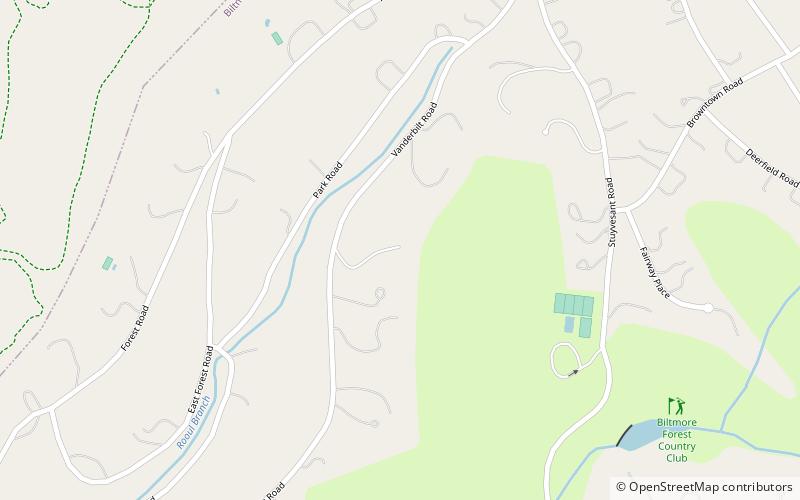Asheville: Tudor Revival Architecture
Places and attractions in the Tudor Revival architecture category
Categories
- Museum
- Shopping centre
- Art gallery
- Shopping
- Church
- Park
- History museum
- Music venue
- Nightlife
- Gothic Revival architecture
- Sport
- Sport venue
- Queen Anne architecture
- Tudor Revival architecture
- Neighbourhood
Grove Arcade
The Grove Arcade, also known as the Arcade Building or the Asheville Federal Building, is a historic commercial and residential building in Asheville, North Carolina, in its downtown historic district. It was built from 1926 to 1929, and is a Tudor Revival and Late Gothic Revival style building consisting of two stacked blocks.
Zealandia
Zealandia is an historic home located at Asheville, Buncombe County, North Carolina. It was built in 1908, and is a three-story, "T"-plan, Tudor Revival style dwelling.
Biltmore Hospital
Biltmore Hospital, also known as the Biltmore Hospital Extension and Memorial Mission Hospital, is a historic hospital building located at Biltmore Village, Asheville, Buncombe County, North Carolina. It was built in 1929–1930, and originally known as the Battle Wing to the Clarence Barker Memorial Hospital.
Sunset Terrace Historic District
Sunset Terrace Historic District is a national historic district located at Asheville, Buncombe County, North Carolina. The district encompasses nine contributing buildings in a residential section of Asheville. The property was developed after 1913, and includes representative examples of Tudor Revival and Bungalow style dwellings.
Grove Park Historic District
Grove Park Historic District is a national historic district located at Asheville, Buncombe County, North Carolina. The district encompasses 290 contributing buildings and 1 contributing site in a predominantly residential section Asheville. The planned suburban community was originally platted and developed in 1908-1913 and 1914.
Thomas Wadley Raoul House
Thomas Wadley Raoul House, also known as Raoulwood, is a historic home located at Asheville, Buncombe County, North Carolina. It was built in 1923, and is a two-story, hollow tile and wood frame dwelling in the Tudor Revival style.
Map






